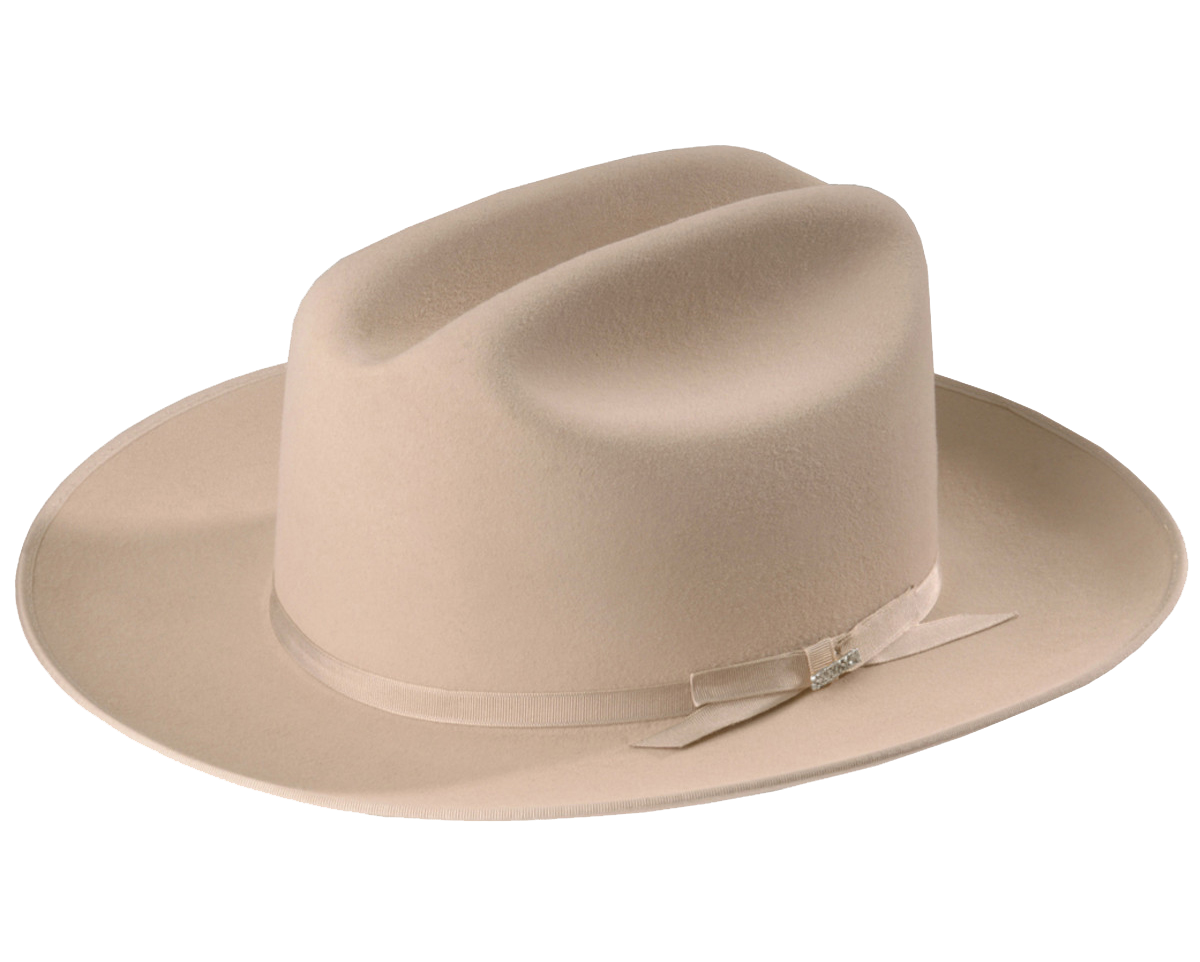Cooking With Ponti
Designing Buildings, Furniture and Food in a Time of Uncertainty.
Mere Real Things.
From the design and fabrication of props for store windows to stage sets for mechanically animated Christmas characters, the decision to study architecture seemed like a natural one.
Making things has always been a large part of my self identity. While I haven’t necessarily been particularly good at it, I’ve never strayed to far from the urge. Maybe there’s the Peter Pan Principal at work: I’ve never grown away from wanting to play with toys.
Tools long ago became my toys and making things with tools continues to be a daily path to discovery and delight.
My hands have been my means of finding my way the world, perhaps even moreso than my eyes.
And my mouth, of course.
So my time in the shop making objects: ceramics, furniture, big objects like buildings, began to intersect with my time in the kitchen making food. Not that I’m a great cook, either.
But the objects I’m drawing to: vessels, plates, seats, tables, cabinets are all the stage sets for social activity and sharing, which is why I was initially drawn to preparing food: for others.
Accordions and Mandolins.
As architects we are famililar with producing construction documents for buildings and associated written specifications. These documents, however, rely on often arcane methods of communication sometimes at odds with the qualilties and character of the things that are sought to be constructed. In his book “The Craftsman” Richard Sennett writes persuasively about both the pleasure and usefulness of “Expressive Instructions” --used in communicating both the objective and subjective ambitions and qualities involved with making--and in the specific examples he describes: in the preparation of food.
These nine designers have developed a cookbook of furniture designs inspired by our study of Gio Ponti.
The goal of the cookbook is to seamlessly interweave “expressive instructions” for both furniture fabrication and recipes for cooking. In many ways, the content of both is akin to the underlying content of any CSI specification section in its organized and what information is included in Parts 1, 2 and 3.
While these recipes aren’t necessarliy Italian in orgin or something Ponti himself might prepare, they do shine another light on our main interests this semester: Ponti’s focus proportion, pattern and detail. The design of the furniture itself as well as the interweave of instructions for fabricating and cooking reflect each designer’s embrace and shared delight in the influence of Ponti in their design work.
Una musica dolce suonava soltanto per noi.....
︎ ︎ ︎
CONTACT
Mick Kennedy
Taubman College of Architecture
Ann Arbor, Michigan
mickk@umich.edu
Two Guys From Texas Architects
Austin, TX + Ann Arbor, MI
travegliaesonno@gmail.com
Mick Kennedy
Taubman College of Architecture
Ann Arbor, Michigan
mickk@umich.edu
Two Guys From Texas Architects
Austin, TX + Ann Arbor, MI
travegliaesonno@gmail.com

Home